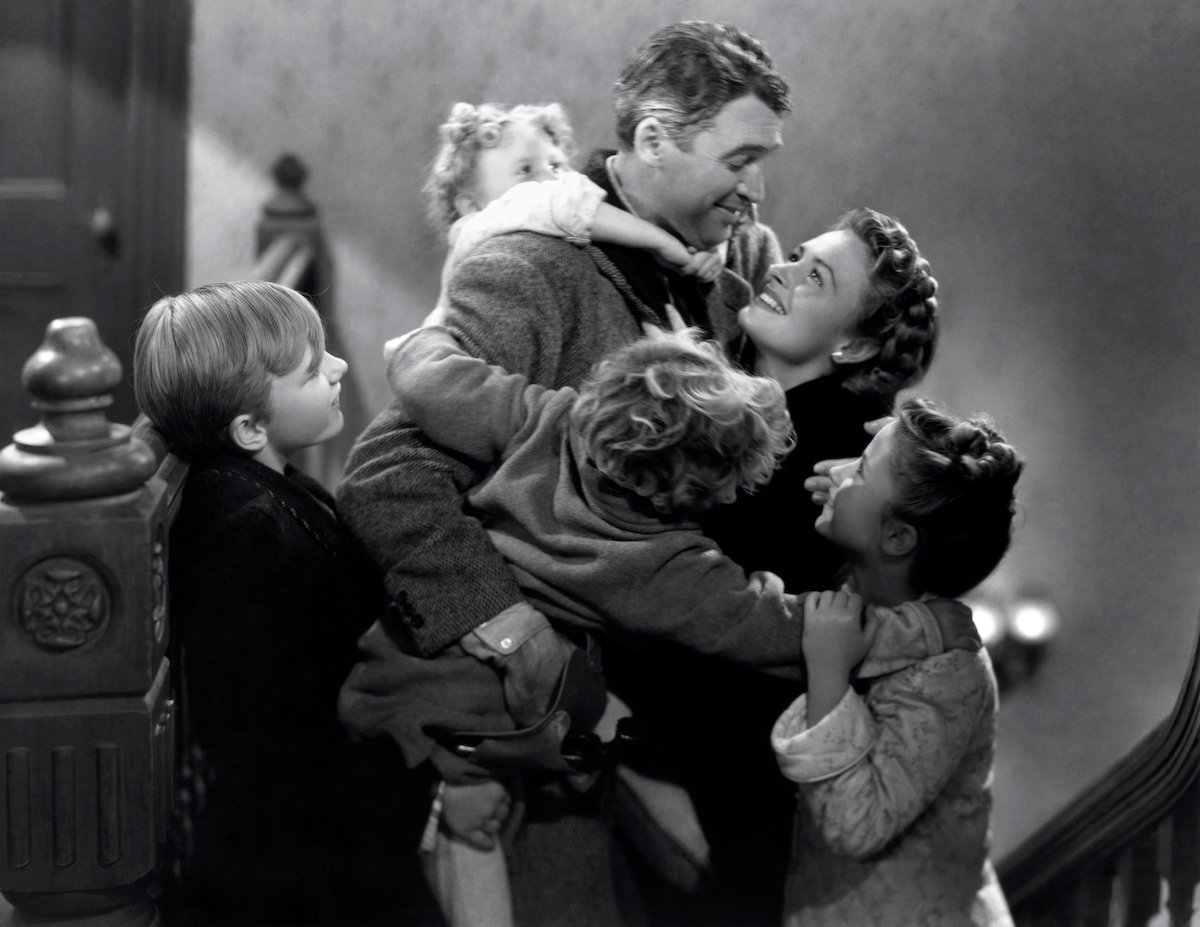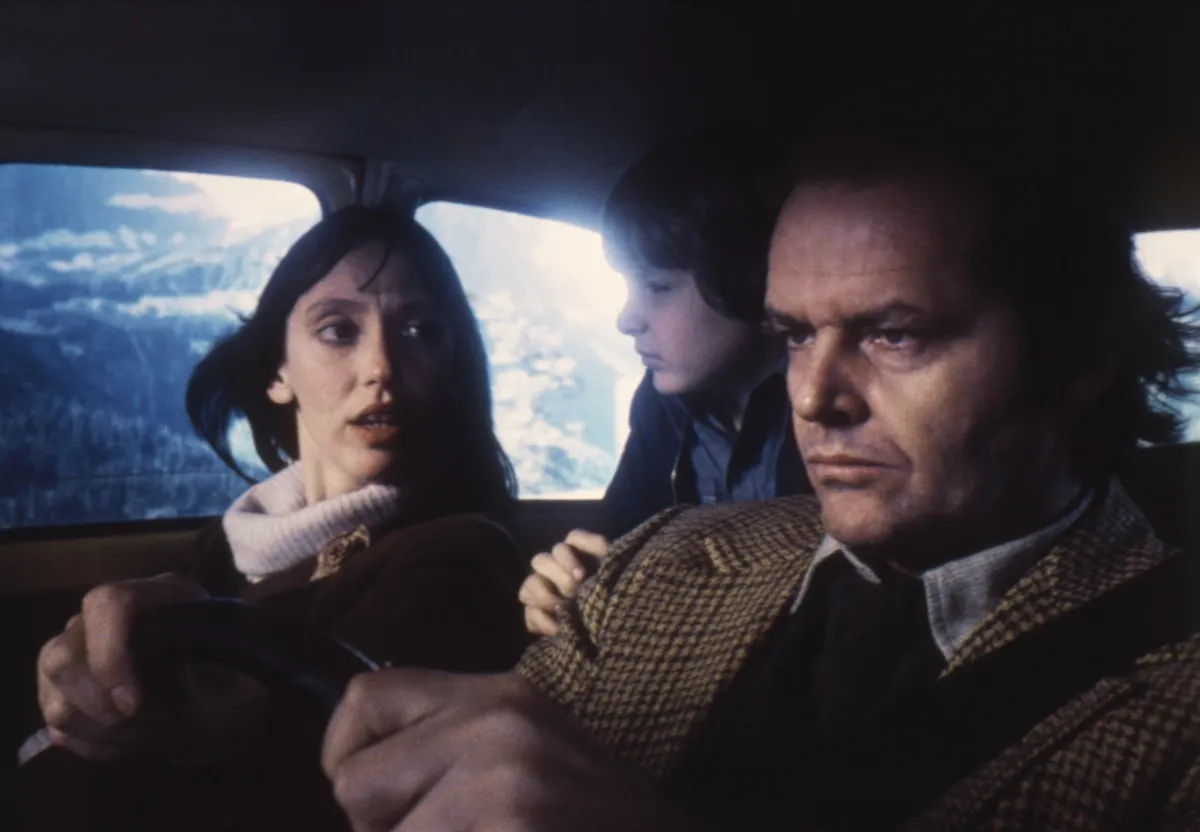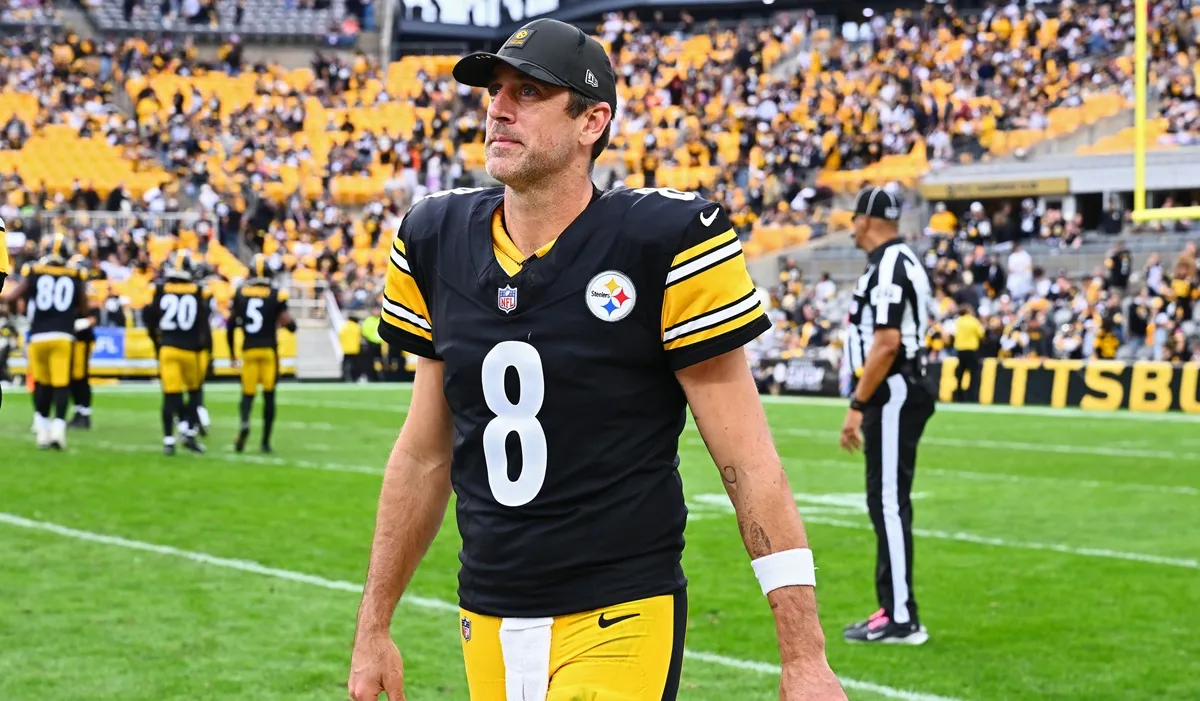‘It’s a Wonderful Life’: The Christmas Classic Might Have Been Jimmy Stewart’s Last Movie If Not for His Co-Star
It’s a Wonderful Life is undoubtedly one of the most beloved Christmas movies of all time. Yet, director Frank Capra’s 1946 film is filled with darkness. Of course, much of the film follows George Bailey — played by Jimmy Stewart — into an alternate timeline where he was never born. But on the set of the Christmas classic, Stewart nearly decided to quit acting.

‘It’s a Wonderful Life’ has been a Christmas classic for decades
Fans of It’s a Wonderful Life might be surprised to learn the movie actually was a box office failure. As Capra and Stewart’s first movie after returning from the war, the film’s poor performance signaled to Hollywood the pair might have lost the magic. However, over time It’s a Wonderful Life developed a devoted following, thanks to recurring television airings.
Looking back, it’s wild to consider audiences failed to connect with the film at the time. After all, it’s story of redemption and acknowledging the difference one person can make is timeless and universal. Since It’s a Wonderful Life, countless variations on its story have been adapted and parodied. And today, it’s renowned as one of the most influential movies.
But Jimmy Stewart’s experience in the war left him questioning his role
Even before It’s a Wonderful Life hit theaters, Stewart was having his doubts. The actor just spent more than four years fighting in World War II. So coming back to acting felt strange to him. Robert Matzen — author of Mission: Jimmy Stewart and the Fight for Europe — discussed Stewart’s struggle and how he nearly gave up acting with the Chicago Tribune.
“It was a personal and professional risk, playing that role. While he was making that film, he was questioning the superficiality of Hollywood and acting in general, and Lionel Barrymore (who plays Mr. Potter) said to him, ‘So, are you saying it’s more worthwhile to drop bombs on people than to entertain them?’ And that really hit Stewart and was one of the things that turned him around and made him think, ‘OK, I do have an important role and there are things to be done.’”
Ironically, Barrymore was Stewart’s on-screen antagonist in It’s a Wonderful Life. But behind the scenes, he provided the actor with just the advice he needed to come to terms with his return to Hollywood. Naturally, Barrymore saw the value in performance. He was the patriarch of the Barrymore acting legacy, which lives on to this day with Drew Barrymore.
Jimmy Stewart’s own dilemma mirrors that of George Bailey
With that context in mind, Stewart’s role as George Bailey feels even more pertinent. After all, George too questions his place in the world, following a string of bad luck. And Matzen points out how one moment in particular mirrors what both Stewart and his character were going through.
“There’s a scene in the movie where he questions his sanity and he’s got this wild look about him. That’s one scene that really struck me, watching it on the big screen. And the other scene that always made me uncomfortable, but now means so much more to me, is when he’s in his living room and he’s throwing things and screaming at his kids. And his wife and children look at him like, ‘Who is this man? Who is this monster?’ And that is so reflective of what millions of families faced, looking at these strangers who came back from the war with this rage. Stewart played it beautifully. He just lets it out.”
It’s a Wonderful Life is already a poignant and powerful portrait of how each life matters. But with this story behind Stewart’s performance, Capra’s film feels even more resonant than ever before. Perhaps as families prepare to watch It’s a Wonderful Life this holiday season, its impact might hit just a bit harder.


